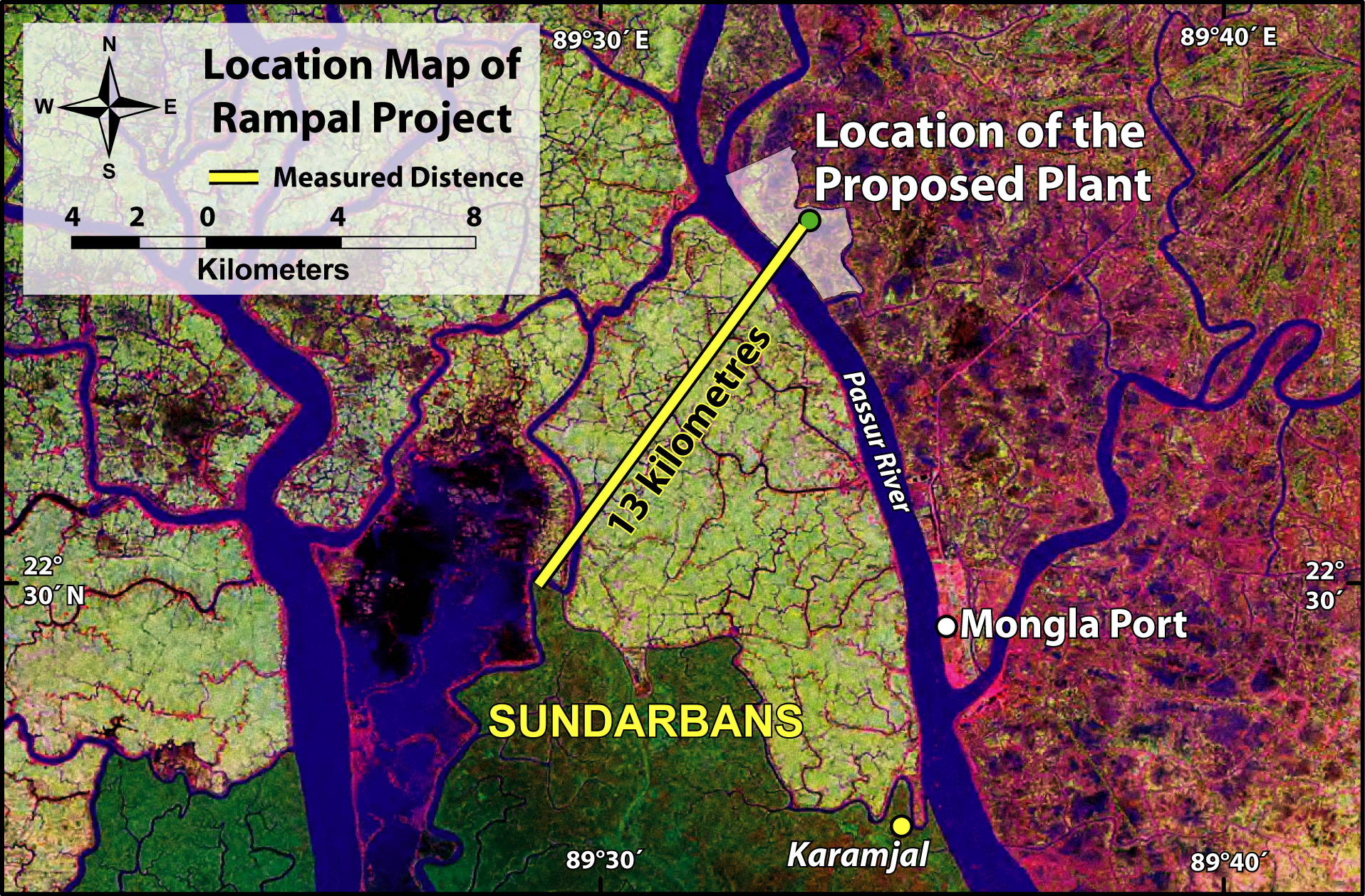RAMPAL, Bangladesh: The Sundarbans Reserve Forest in Bangladesh, the largest mangrove forest in the world and a UNESCO World Heritage Site, is within kissing distance of the contentious India-Bangladesh-sponsored coal-fired power plant, which is under construction.
14 kilometres separate the Rampal, Bangladesh, site of the 1320 megawatt ultra-supercritical (high efficiency, low emission) plant from the Sundarbans Reserve Forest. According to project officials, power generation is expected to begin in March 2021.
As part of Bangladesh's goal to meet its energy demands and raise living standards, a power station will start burning coal close to the Sundarbans this year, according to officials.
Bangladesh, which has 168 million residents, is one of the nations with the densest populations in the world. When the Maitree power plant is operating at full capacity, it will produce 1,320 megawatts of power, which is equivalent to what Bangladesh's biggest coal power plant now produces.
Popularly called the Rampal coal power plant, the Maitree Super Thermal Power Project will burn some 4.7 million tons of coal annually. It will emit about 15 million tons of carbon dioxide and other planet-warming gases. Plus, some 12,000 tons of coal will be shipped by boat through the Sundarbans each day, prompting fears of water pollution.
Bangladesh, which is low-lying, has already been affected by tropical cyclones and rising seas, and millions could be displaced by flooding and other severe weather. Just two weeks earlier, the tropical cyclone Sitrang killed 24, left 20,000 marooned, devastated 15,000 acres of crops, and caused the loss of 10,000 dwellings.
Farmer Luftar Rahman stated, "If things go wrong, we'll have to sell our properties and move."

By 2030, Bangladesh has promised to cut its overall emissions by 22%. The construction of this coal-emitting power plant will probably impede the country's efforts. According to leading experts, no new fossil fuel projects are possible if global warming is to be kept to a minimum.
Bangladesh is the world's second-largest exporter of garments after China. But blackouts and long power cuts affect businesses, including the garment industry, which accounts for 80% of its exports.
"We are anxiously awaiting for Rampal to begin producing electricity." Our energy problems would undoubtedly be alleviated by this facility, according to Tawfiq-e-Elahi Chowdhury, the Bangladesh Prime Minister's energy advisor.
With much of its land at or just below sea level, the country has already suffered heavy flooding and erratic rainfall. A World Bank report estimated that Bangladesh could suffer $570 million in damage from climate change-related extreme weather events.
Bangladesh ceased operating its diesel power plants in June as a result of escalating fuel costs. Two coal-fired power plants are now operating in the nation, and some analysts believe a third is unnecessary. Power transmission and distribution networks require investment, according to Khondaker Golam Moazzem of the economic think tank Center for Policy Dialogue in Dhaka.
The Rampal coal mine will be funded by the governments of Bangladesh and India. The coal for the power plant will come from India as well. The Sundarbans, a "beautiful forest" in Bengali, evolved over millennia out of the Indian subcontinent's mighty rivers.
Mangrove forests are more effective than terrestrial forests at sucking carbon dioxide out of the atmosphere. "If this power plant comes up, there will be no fish in our region," says 60-year-old Abul Kalam, who has lived his entire life in the Sundarbans.
There is no alternative" to using the region's mangroves for power, Mustafa Hossain Mohammad, an economist and environmental activist, said